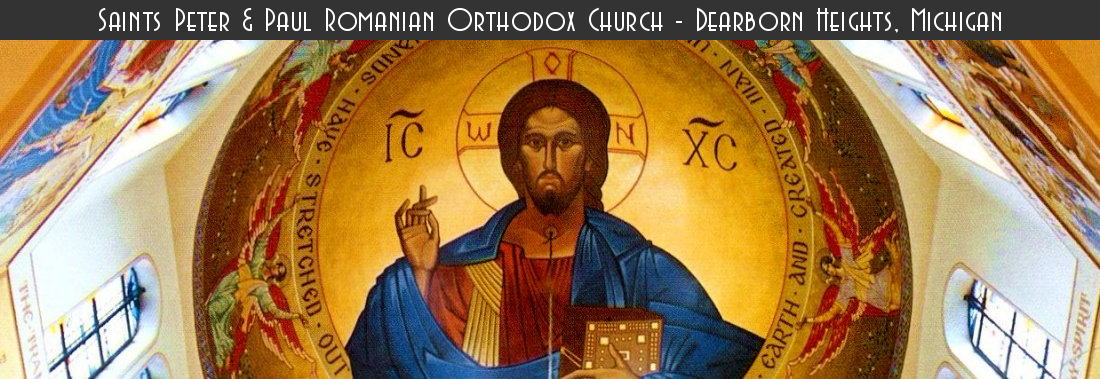From the Parish Priest – Fr. Romey Rosco
Question:
I see more and more women in church wearing a veil or some other head-covering. Should I cover my head in church?
Answer:
In First Corinthians, chapter 11, St. Paul gives us his reason for insisting that a woman cover her head “in public worship.” He says “the husband is supreme over his wife….Any woman who prays or speaks God’s message in public worship with nothing on her head disgraces her husband.”
Note that he did not say she disgraces God, but her husband. And he adds that the woman “should have a covering over her head to show that she is under her husband’s authority.”
I have underlined the words “in public” twice above to emphasize the fact that St. Paul was referring to a need to preserve a public and, therefore, cultural custom. In his time too, there was a feminist movement in the Roman Empire. Paganism was promoting the confusion of the sexes, and women were elevated to the ranks of priestesses and prophetesses. Some women were indeed casting aside the conventional veil from their heads and faces in defiance of their God-ordained relationship with men. It was not so much a rebellion against custom as against woman’s subservient role in society. (Could it be that some abusive and hypocritical husbands were as much to blame for this as anyone?) But this wearing of the veil was a cultural expression of God’s truth. And if it was not preserved in that culture, how long would it take to confuse the sexes in the Body of Christ – the Church?!
That was two millenniums ago, another part of the world, and another culture. When my grandmother’s generation came from Eastern Europe in the early 1900s (again, another time, another culture), they went to church with their heads covered just as they went everywhere with their heads covered – it was not just fashionable, it was expected of married women. (Single girls didn’t have to worry about hats and babushkas, unless it was winter.)
So, what happened to women’s headgear in the U.S.? How about the huge, puffed-up wigs that were so popular in the 1960s? Nothing looked funnier to me than a woman trying to balance a hat or doily on top of her wig!
And what changed society’s expectations? Well, it was the same thing that moved women from the back of the church to the space in the pew beside their husbands. It was the same thing that brought women into church during their menstrual periods. It was the same thing that let them lead the hymns, and even read the epistle reading in church. It was the acceptance of the words of none other than St. Paul himself: “You were baptized in union with Christ Jesus….So, there is no difference between….men and women, you are all one in union with Christ Jesus.” (Gal. 3:26-28)
It appears that St. Paul was telling Christians that in the Body of Christ we are all equal, but we must follow the conventions of society in expressing our differences (which do, in fact, exist). The difference between the sexes must be preserved. Man should wear the men’s clothing of his time, and woman should wear the women’s clothing of her time. The key to all of this is “decency.” St. Paul insisted that women (and men) follow convention. Today, he would probably not blame a woman for not covering her head in church – it’s no longer required in public. But he would perhaps criticize a man for having long hair (see 1 Corinthians 11:14), lest man become like woman.
Does a woman’s uncovered head make her look like a man? No. Does a woman’s uncovered head cause a man to sin? If so, the man has the problem, not the woman.
Let me end this by saying if you wish to wear a hat or veil to church, that is your decision and your right, but not required. And I hope you will be true to the custom and wear it everywhere (not just to church) as an expression for your obedience to your husband, according to St. Paul.
And if you don’t wear a head-covering, do not criticize those who wish to follow this ancient, even pre-Christian tradition. And never….never….disrespect one another over this matter of custom. Legalism in the Church is not Orthodox.
From The Weekly Bulletin, Vol. XXVII No. 49, 10 December 2000
Sts. Peter & Paul Romanian Orthodox Church, Dearborn Heights MI


